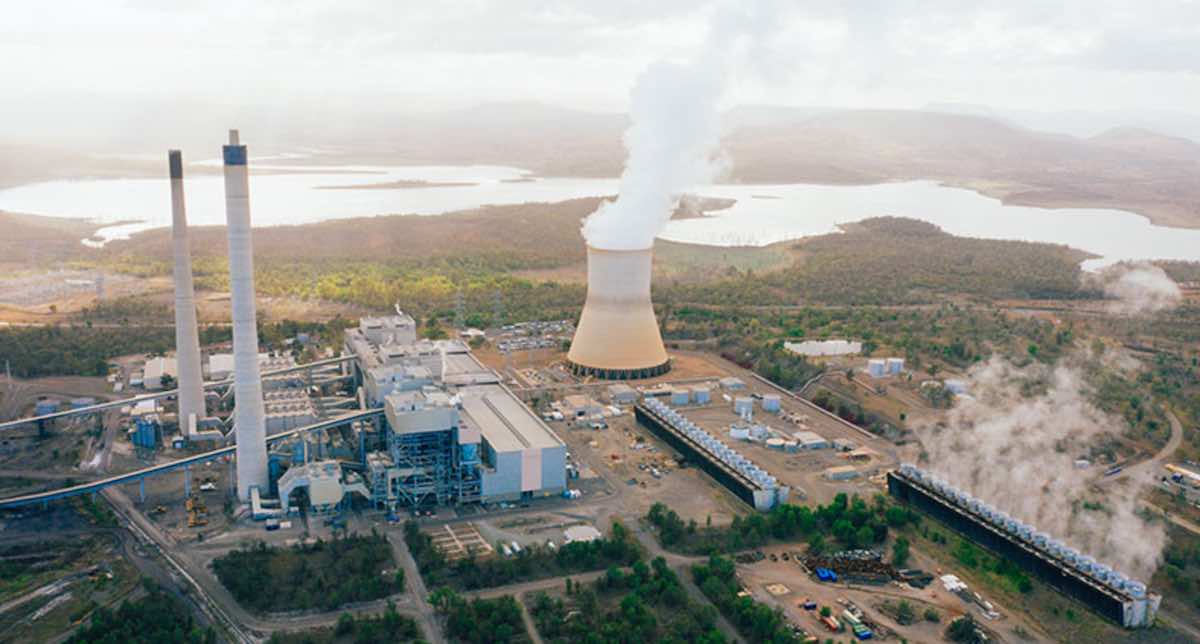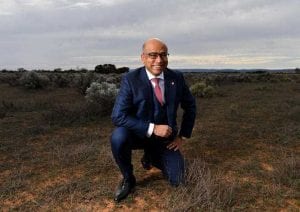The future of Queensland’s Callide C coal power plant, currently completely offline following a series of incidents and breakdowns, is in fresh doubt after a shareholder dispute sent its co-owner into voluntary administration.
CS Energy, which operates Callide C and owns a 50 per cent share in the central Queensland plant, said on Friday that administrators had been appointed to its 50/50 joint venture partner in the power station, IG Power, a Genuity Group entity formerly known as InterGen Australia.
Deloitte, acting as voluntary administrators for the Genuity/IG Energy Group entities, said on Friday that turnaround and restructuring partners Grant Sparks and Richard Hughes had been appointed because shareholders had disagreed about the venture’s future funding.
The news deals a fresh blow to the troubled 810MW coal plant in Biloela, whose two units have been completely offline since October in last year following a structural failure at a cooling tower of the plant’s C3 unit.
Callide’s C4 unit has been offline and under repair since May 2021, when a rather dramatic explosion cut power for nearly half a million customers through the state.
Queensland government-owned CS Energy, which also owns 100% of the 700MW Callide B black coal plant, said on Friday that it was “business as usual” for the Callide C, which at this stage means continued efforts to both units back up and running.
“We remain committed to the safe and timely reinstatement of the Callide C Power Station units 3 and 4, and are working through our options to achieve this,” a CS Energy statement said.
The collapse of the plant’s co-owner, however, turns the spotlight back on Callide C at a time when its future is already the subject of speculation and debate.
As one of the youngest coal-fired generators in the National Electricity Market, and one of the first to feature high-efficiency super-critical boiler technology, CS Energy has maintained that it’s worth repairing as Queensland transitions to renewable energy.
On the other hand, Greens MP Michael Berkman described the 2021 decision to spend hundreds of millions of dollars to restore the destroyed C3 unit as nuts.
“Spending $200 million on propping up coal would be throwing good money after bad,” Berkman said at the time.
“Coal is increasingly expensive and unreliable – for the cost of patching up this out-of-date technology, Queensland could have another big battery.”
Since then, the state has significantly ramped up its shift to renewables, including with a “battery blitz” announced not long after the Callide explosion, to fill the grid security gaps exposed by the coal plant failure.
This included plans for a 150MW, two hour battery at the Tarong coal fired generator owned by Stanwell, which could be expanded down the track.
And CS Energy has itself announced plans to build a 200MW/400MWh big battery at the Greenbank sub-station on the south-side of Brisbane.
But the biggest blow to the state’s remaining coal plants came in September last year, when Queensland’s Labor government announced a 70% renewable energy target for 2032, an 80% for 2035 and plans to attract $62 billion in public and private investment in green energy over the next 13 years.
The new targets include plans for 22GW of new wind and solar, 11.5GW of rooftop solar, 9GW of battery storage (mostly household and business) and two massive new pumped hydro projects totalling 7GW and 24 hours storage.
As RenewEconomy reported at the time, all this will mean that most, if not all, of the state’s more than 8GW of coal fired power stations will have to accelerate their closure dates, and by 2035 the state will end its reliance on coal power.
For now, however, CS Energy is forging ahead with plans for staged returns of both Callide C units, which according to the latest company update will kick off in May for C4 and June for C3.
For Intergen/Genuity’s part in the matter, Richard Hughes from Deloitte says the current plan is to keep the staged return of Callide on track.
“At this early stage in the external administration process, we have been communicating with all stakeholders to assure them we will be pursuing a restructuring solution that would ensure minimal disruption to any plans to bring the power station, which remains under CS Energy’s operational control, back online later this year,” Hughes said.
For CS Energy, this is not the first time its Callide C JV partner has gone into administration. It has happened before in 2016, when the then InterGen Callide wound up in the hands of receivers Ferrier Hodgson after being unable to refinance its debt facilities.
Back then, as it has done this time around, CS Energy assured business as usual for the coal plant, but there were other problems bubbling away in the background.
In its 2014/15 annual report CS Energy said Callide’s “debt and legacy commercial issues” continued to “place downward pressure on earnings,” while “declining quality and quantity of coal deliveries” had seriously impacted the entire power station’s performance and output.










